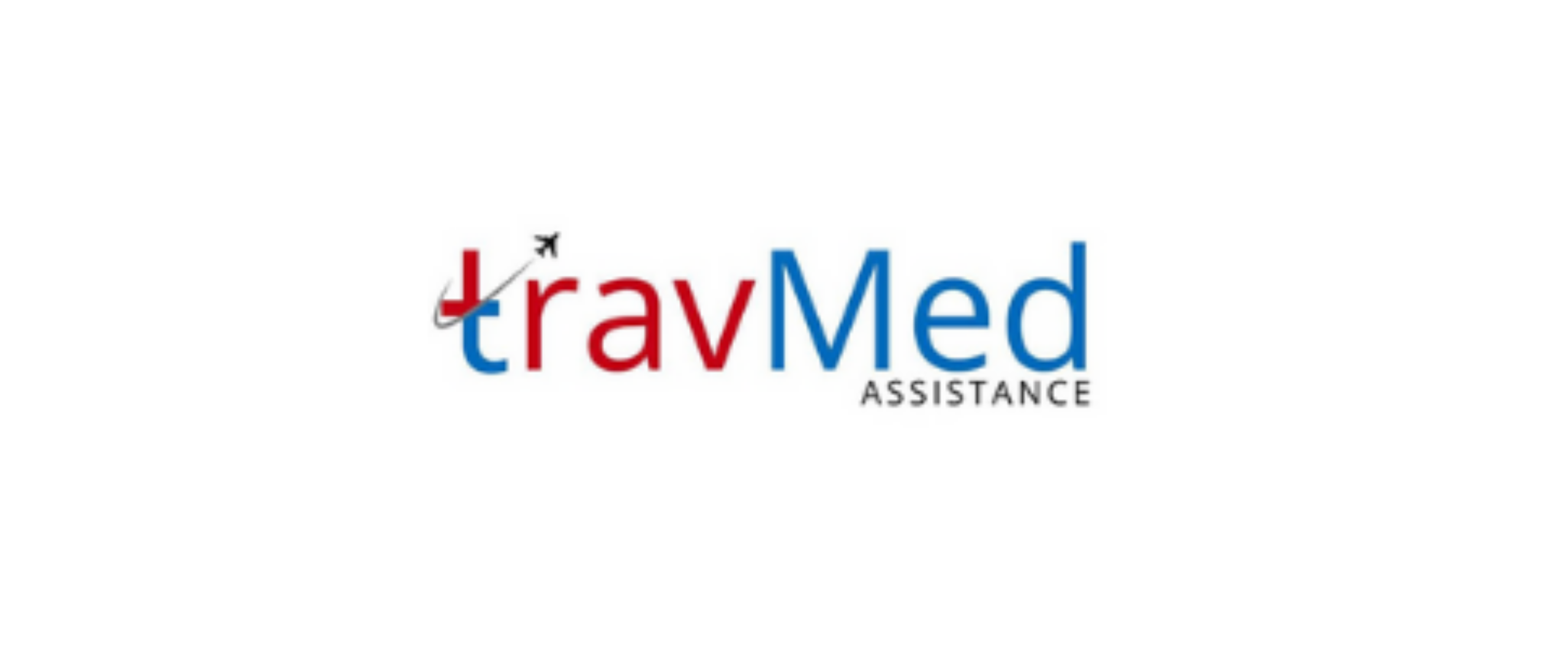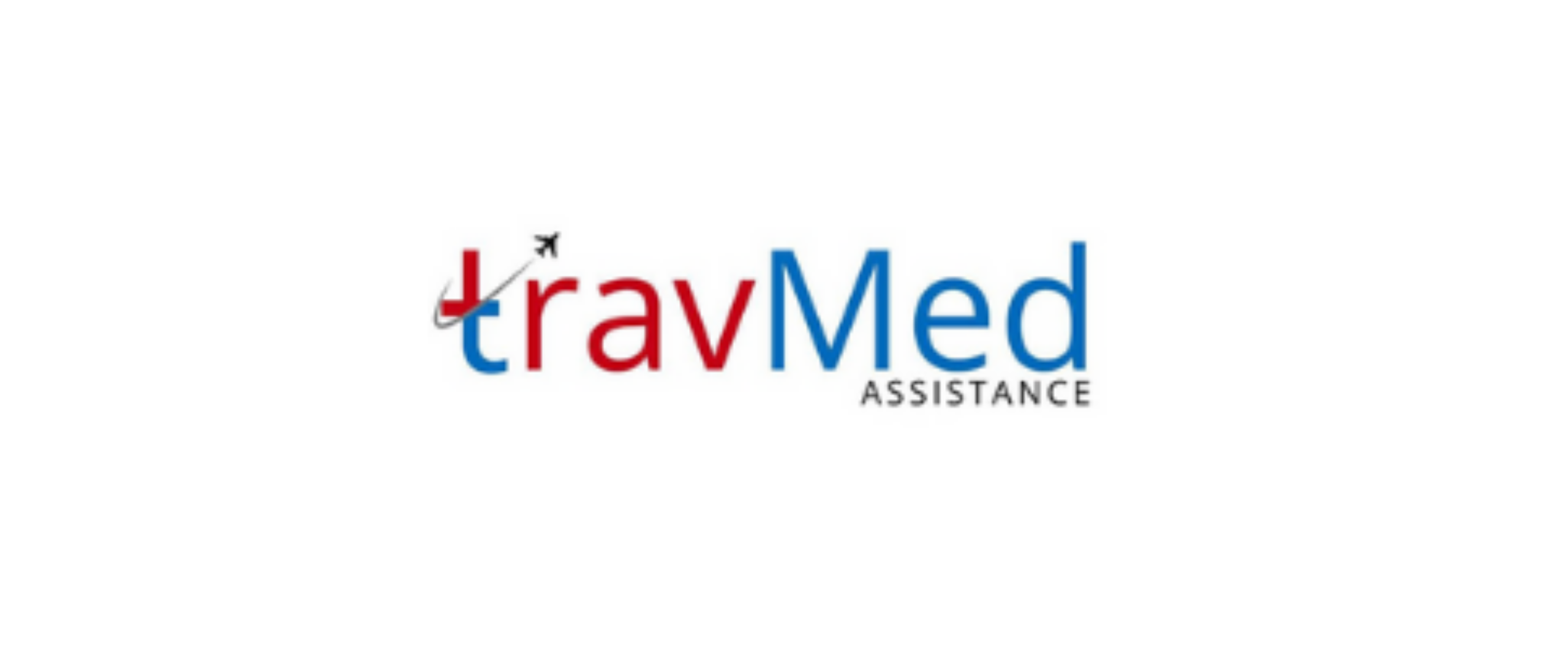
What is emergency evacuation support in Nepal?
Emergency evacuation support in Nepal encompasses a range of services designed to assist individuals in crisis situations. These services include medical evacuations, natural disaster response, and assistance during civil unrest. In Nepal, emergency evacuation support involves coordinated efforts between local authorities, international organizations, and private companies to ensure the safety and well-being of those in need. This support system is particularly crucial in Nepal due to its challenging terrain, frequent natural disasters, and limited infrastructure in remote areas. Emergency evacuation support may involve helicopter rescues from mountainous regions, ground transportation to medical facilities, or international repatriation for severe cases. The primary goal is to provide swift and efficient assistance to those facing life-threatening situations or requiring immediate medical attention in Nepal.
Who needs emergency support services?
Emergency support services in Nepal cater to a diverse group of individuals who find themselves in critical situations. Trekkers and mountaineers exploring Nepal’s rugged terrain often require these services due to altitude sickness, accidents, or severe weather conditions. Tourists visiting remote areas may need emergency assistance if they fall ill or encounter unexpected challenges. Local residents in disaster-prone regions frequently rely on these services during natural calamities such as earthquakes, landslides, or floods. Individuals with pre-existing medical conditions who experience complications while in Nepal may also require emergency support. Additionally, expatriates working in Nepal, diplomatic personnel, and aid workers might need these services in case of political unrest or security threats. Essentially, anyone in Nepal facing a situation that poses an immediate risk to their health, safety, or well-being may require emergency support services, regardless of their nationality or reason for being in the country.
How do emergency services work in Nepal?
Emergency services in Nepal operate through a network of government agencies, non-governmental organizations, and private companies. The Nepal Police and Armed Police Force are often the first responders in urban areas, while the Nepal Army plays a crucial role in remote locations. The Department of Health Services coordinates medical emergencies, working closely with hospitals and ambulance services. In mountainous regions, the Trekking Agencies’ Association of Nepal (TAAN) and Nepal Mountaineering Association (NMA) collaborate with rescue teams and helicopter companies for high-altitude emergencies. International organizations like the Red Cross and various embassies also contribute to emergency response efforts. Private companies specializing in medical assistance and evacuation services operate in conjunction with these entities. When an emergency occurs, the relevant authorities are alerted, and a coordinated response is initiated based on the nature and location of the incident. Communication is maintained through a combination of radio networks, satellite phones, and mobile services, ensuring a swift and efficient response even in remote areas of Nepal.
What is the process of evacuation?
The evacuation process in Nepal typically begins with an emergency call to the relevant authorities or assistance providers. Once the call is received, the situation is assessed to determine the appropriate response. For medical emergencies, a medical team is dispatched to stabilize the patient before transport. In remote areas, helicopter evacuation is often necessary, with the patient being airlifted to the nearest suitable medical facility. For ground evacuations, ambulances or specialized vehicles are used, depending on the terrain and patient condition. In cases of natural disasters or civil unrest, larger-scale evacuations may be organized, involving multiple agencies and transportation methods. Throughout the process, constant communication is maintained between the evacuation team, medical facilities, and relevant authorities. For international evacuations, coordination with embassies and immigration authorities is essential to ensure smooth border crossings and necessary documentation. The evacuation process concludes when the individual is safely transported to an appropriate medical facility or a secure location, where they can receive further care or assistance as needed.
How is safety ensured during evacuation?
Safety during evacuation in Nepal is ensured through a combination of rigorous protocols, experienced personnel, and specialized equipment. Evacuation teams undergo extensive training in emergency response, first aid, and rescue techniques specific to Nepal’s challenging terrain. For helicopter evacuations, pilots are highly skilled in high-altitude flying and adverse weather conditions. Ground evacuation teams are equipped with off-road vehicles and trained in navigating difficult terrains. Medical safety is prioritized with the presence of qualified healthcare professionals and necessary medical equipment during transport. In disaster scenarios, evacuation routes are carefully planned and monitored to avoid hazardous areas. Communication systems, including satellite phones and GPS trackers, are used to maintain constant contact with base stations and monitor the progress of evacuations. Safety equipment such as harnesses, stretchers, and protective gear is regularly inspected and updated. Risk assessments are conducted before each evacuation to identify potential hazards and develop mitigation strategies. Additionally, coordination with local authorities ensures that evacuations comply with safety regulations and receive necessary support, further enhancing the overall safety of the evacuation process in Nepal.
What documents are needed for evacuation?
The documents required for evacuation in Nepal vary depending on the nature of the emergency and the individual’s circumstances. However, some essential documents typically include:
- Valid passport
- Visa or permit for Nepal
- Travel insurance policy details
- Medical records and prescriptions
- Emergency contact information
- Consent forms for medical treatment
- Power of attorney (if applicable)
- Evacuation insurance policy details
- Copies of credit cards and other financial information
- Trekking or climbing permits (for mountain evacuations)
- Embassy registration documents (for foreign nationals)
- Birth certificate or other identification documents
- Vaccination records
- Any relevant medical test results
It’s advisable to have both physical and digital copies of these documents readily available. In emergency situations where documents are lost or inaccessible, evacuation services and embassies can often assist in verifying identity and obtaining necessary permissions for evacuation.
What is the cost of evacuation in Nepal?
The cost of evacuation in Nepal can vary significantly depending on factors such as the type of emergency, location, distance traveled, and services required. Helicopter evacuations, which are common for mountain rescues, can range from $3,000 to $20,000 or more, depending on the flight time and complexity of the rescue. Ground evacuations are generally less expensive but can still cost several hundred to a few thousand dollars. Medical evacuations involving international repatriation can be extremely costly, potentially exceeding $100,000 for long-distance flights with medical escorts. These costs typically cover transportation, medical care during transit, and coordination fees. It’s important to note that many of these expenses can be covered by comprehensive travel insurance policies that include emergency evacuation coverage. Some trekking and mountaineering permits in Nepal also include basic rescue insurance. However, the coverage limits and terms can vary, so it’s essential to review policy details carefully. For those without insurance, the cost of evacuation can be a significant financial burden, emphasizing the importance of adequate coverage when traveling in Nepal.
Who provides emergency support services?
Emergency support services in Nepal are provided by a diverse range of organizations and entities. These include:
- Nepal Government agencies (Nepal Police, Armed Police Force, Nepal Army)
- Department of Health Services
- Nepal Tourism Board
- Trekking Agencies’ Association of Nepal (TAAN)
- Nepal Mountaineering Association (NMA)
- Private helicopter companies (e.g., Fishtail Air, Air Dynasty)
- International NGOs (e.g., Red Cross, Médecins Sans Frontières)
- Private medical assistance companies (e.g., Global Rescue, International SOS)
- Travel insurance providers with evacuation services
- Embassies and consulates of foreign countries
- Local hospitals and medical facilities
- Search and rescue teams (both government and private)
- Volunteer organizations and local community groups
- International aid organizations during large-scale disasters
- Specialized adventure and trekking companies with in-house rescue services
These providers often work in collaboration, forming a comprehensive network of emergency support services across Nepal. The specific provider engaged in an emergency situation depends on factors such as the nature of the emergency, the individual’s location, and any pre-arranged assistance agreements.
How do I request emergency assistance?
To request emergency assistance in Nepal, follow these steps:
- Assess the situation and ensure immediate safety if possible
- Contact local emergency services (Police: 100, Ambulance: 102, Fire: 101)
- If you have travel insurance, call their emergency assistance number
- Contact your embassy or consulate in Nepal
- Reach out to your tour operator or trekking agency if applicable
- Use a satellite phone or emergency beacon in remote areas
- Provide clear information about your location and the nature of the emergency
- Have your important documents ready (passport, insurance details, etc.)
- Follow the instructions given by emergency responders
- If possible, have someone stay with you while waiting for assistance
- Keep your communication device charged and operational
- Be prepared to provide medical history if it’s a health emergency
- If in a group, designate one person as the primary contact for responders
- Stay calm and conserve energy while waiting for help to arrive
Remember, in remote areas, it may take time for assistance to reach you. Stay in a safe location and preserve resources until help arrives.
Are evacuation services available 24/7?
Evacuation services in Nepal are indeed available 24/7, reflecting the unpredictable nature of emergencies. Government emergency services, including police and ambulance services, operate round-the-clock throughout the country. Private evacuation companies and medical assistance providers maintain 24-hour emergency hotlines to respond to calls at any time. Helicopter rescue services, crucial for mountain evacuations, are on standby 24/7 during peak trekking and climbing seasons. However, it’s important to note that while services are available at all hours, actual evacuations may be delayed due to factors such as weather conditions, especially in mountainous regions. Night-time evacuations in remote areas can be particularly challenging and may be postponed until daylight for safety reasons. Urban areas generally have more consistent 24/7 coverage, with hospitals and ground ambulance services operating continuously. Travel insurance providers typically offer 24-hour assistance lines for policyholders. Despite the continuous availability of these services, response times can vary significantly based on location and circumstances, particularly in Nepal’s more remote and rugged terrain.
What equipment is used in emergencies?
Emergency response in Nepal utilizes a wide range of specialized equipment to handle various situations. This equipment includes:
- Helicopters equipped with rescue hoists and medical facilities
- All-terrain vehicles for ground transportation in rugged areas
- Advanced life support ambulances
- Portable medical equipment (defibrillators, oxygen tanks, etc.)
- Stretchers and backboards for patient transport
- Communication devices (satellite phones, radios, GPS trackers)
- Search and rescue gear (ropes, harnesses, carabiners)
- Thermal imaging cameras for locating individuals
- Portable power generators
- Water purification systems
- Emergency shelters and survival kits
- First aid kits and trauma packs
- Specialized climbing and mountaineering equipment
- Drones for aerial surveys and search operations
- Inflatable boats for water rescues
- Cutting and lifting tools for extraction from debris
- Personal protective equipment for responders
- Mobile command centers for coordinating large-scale operations
The specific equipment used depends on the nature of the emergency and the terrain. In Nepal’s diverse landscape, from urban centers to high-altitude regions, emergency responders must be prepared with a versatile array of tools and equipment to effectively handle any situation.
How long does the evacuation process take?
The duration of the evacuation process in Nepal can vary significantly depending on several factors. In urban areas with good infrastructure, ground evacuations can be completed within minutes to a few hours. However, in remote or mountainous regions, the process can take considerably longer. Helicopter evacuations from high-altitude areas typically take 2-6 hours from the initial call to reaching a medical facility, depending on weather conditions and the specific location. For more complex situations or in cases of natural disasters, evacuations can extend to several days. International medical evacuations involving repatriation to another country may take 24-72 hours or more, including time for medical stabilization, travel arrangements, and necessary paperwork. The evacuation timeline is influenced by factors such as the severity of the emergency, accessibility of the location, availability of transportation, weather conditions, and any logistical or bureaucratic challenges. In some cases, patients may need to be moved to intermediate locations before reaching their final destination, further extending the process. It’s important to note that while speed is crucial in emergencies, ensuring the safety and medical stability of the individual being evacuated remains the top priority throughout the process.


